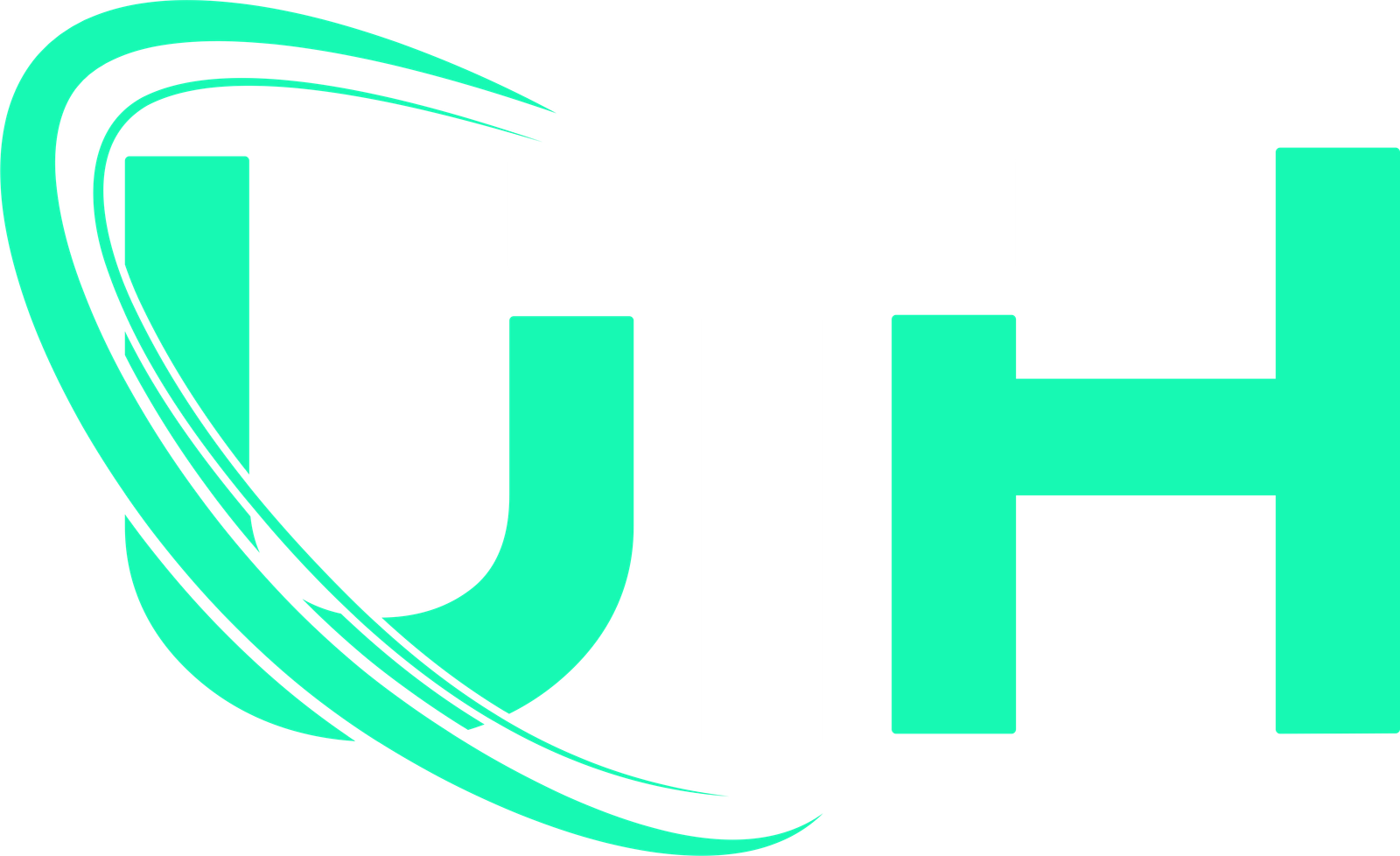Cybersecurity
Which of the Following Are Breach Prevention Best Practices? A Comprehensive Guide
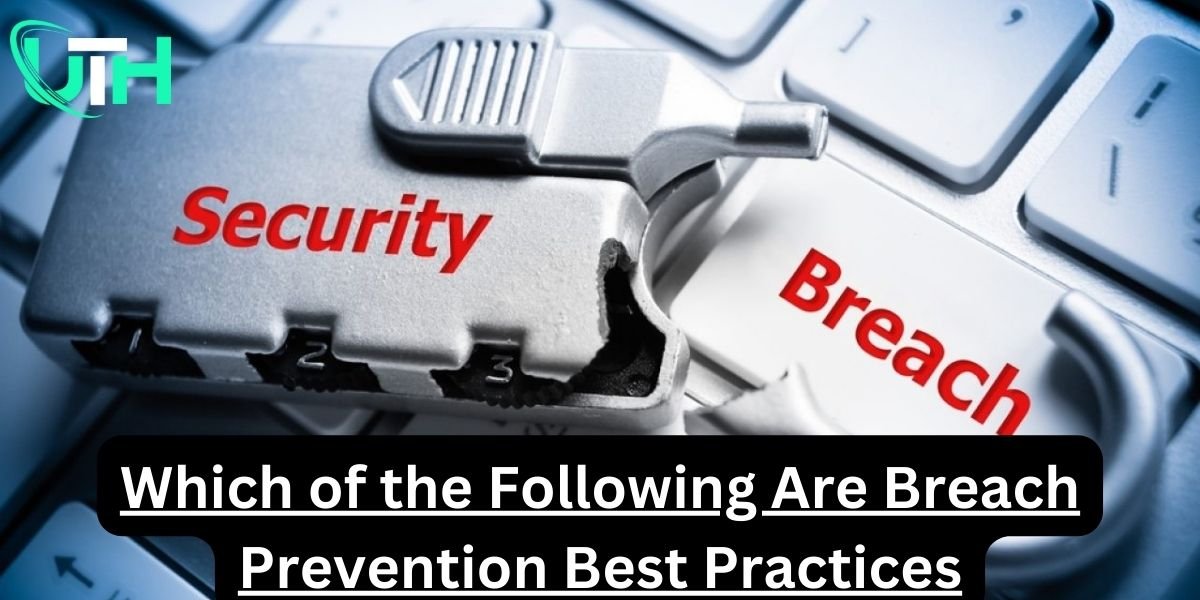
Are you searching for the correct option for this question? Come here!
Which of the following are breach prevention best practices?
(a) Access only the minimum amount of PHI/personally identifiable information (PII) necessary.
(b) Log off or lock your workstation when it is unattended.
(c) Promptly retrieve documents containing PHI/PII from the printer.
(d) All of the above.
The correct answer is the last option: (d) All of the above. Now, let’s discuss this MCQ-type question in detail.
Introduction
Imagine a news headline highlighting a massive data breach at your trustworthy company. The breach exposes millions of customer records and sensitive personal information, such as names, email addresses, and financial details. The fallout is devastating, causing economic losses, reputational damage, and a loss of trust. This scenario, unfortunately, is too common in today’s digital world. However, “A data breach, an incident where unauthorized individuals access sensitive information, poses a significant threat to business firms of all sizes and individuals as well.”
Anyhow, this article provides a comprehensive guide about the strategies and tools you need to implement effective breach prevention best practices. We’ll cover everything from foundational security measures to advanced strategies for protecting your valuable data. Understanding which of the following are breach prevention best practices is no longer optional—it’s a necessity. Anyhow, the following are best practices for data breach prevention:
Foundational Security Practices
A strong security foundation is the shield for any effective breach prevention strategy. These foundational practices are essential keystones for minimizing risk and creating a robust defense against cyber threats.
Strong Passwords
Your password has value as a key to your digital kingdom. A weak or easily guessed password is like leaving your front door unlocked. However, they are the first line of defense against unauthorized access. Therefore, use strong, unique, and complex passwords for your credit accounts and other social accounts. Here’s what makes a password strong:
- Length: Aim for at least 12 characters, and even longer is better.
- Complexity: Use a mix of uppercase and lowercase letters, numbers, and symbols.
- Uniqueness: Never reuse the same password for multiple accounts.
- Avoid Common Passwords: Don’t use easily guessable words or phrases like “password123” or your pet’s name.
- Password Manager: Use a reputable password manager to generate, store, and manage your passwords securely.
Multi-Factor Authentication (MFA)
Multi-factor authentication (MFA) adds an extra layer of security on top of your password. Even if someone manages to guess or steal your password, they’ll still need a second factor to gain access. Common MFA methods include:
- Authenticator Apps: These apps generate time-based codes on your smartphone.
- SMS messages: A text message sends a code to your phone.
- Biometrics: Using fingerprint or facial recognition.
MFA significantly reduces the risk of unauthorized access, even if your password is compromised.
Software Updates
Software updates aren’t just about adding new features; they often include crucial security patches that fix known vulnerabilities. Therefore, update security software regularly because outdated software is a prime target for hackers.
- Enable Automatic Updates: Configure your operating system, applications, and other software to automatically download and install updates.
- Regular Checks: Even with automatic updates, it’s a beneficial idea to periodically check for updates manually.
Firewall Protection
Imagine leaving your front door unlocked all the time—would that be safe? Of course not! The same goes for your computer and network. Without a firewall, hackers can easily sneak in. Think of a firewall as your digital security guard, blocking unwanted intrusions. Simply, a firewall acts as a barrier between your network and the outside world, controlling network traffic and blocking unauthorized access. Here are the forms of firewall protection:
- Software Firewalls: These are applications installed on your computer that protect individual devices.
- Hardware Firewalls: These are devices, often routers, that protect entire networks.
Antivirus and anti-malware
Antivirus and anti-malware software are essential for detecting and removing malicious software (malware) like viruses, spyware, and ransomware.
- Reputable Solutions: Choose reputable antivirus and anti-malware software from trusted vendors.
- Regular Scans: Schedule regular scans of your system to detect and remove threats proactively.
Data Protection Measures
Your data is your most valuable asset. These measures focus on protecting your data from unauthorized access, loss, or corruption. Here are some common measures to protect against data breaches:
Data Encryption
Encryption transforms your data into an unreadable format, making it useless to anyone who doesn’t have the decryption key.
- Data at Rest: Encrypting data stored on internal drives, USB drives, and other storage devices.
- Data in Transit: Encrypting data transmitted over networks, such as when you’re browsing the internet.
Data Backup and Recovery
Regular data backups are crucial for protecting against data loss due to breaches, hardware failure, or other disasters.
- Backup Methods: Use a combination of cloud backups and local backups for redundancy.
- Backup Frequency: Back up your data regularly, ideally daily or weekly.
- Test Restores: Periodically test your backups to ensure they are working and you can restore your data if needed.
Access Control
The principle of least entitlement means giving users only the minimum level of access they need to perform their job duties. This limits the potential damage from a compromised account.
- User Roles and Permissions: Define clear user roles and allow permissions for controlled users.
- Access Management Systems: Use access management systems to control and monitor user access.
Data Loss Prevention (DLP)
Data Loss Prevention (DLP) tools and techniques help prevent sensitive data from leaving your organization’s control.
- Content Filtering: Blocking the transfer of sensitive data, such as credit card numbers or social security numbers.
- Endpoint Protection: Preventing data from being copied to USB drives or other removable media.
Network Security
Your network is the backbone of your digital operations. These measures focus on protecting your network from unauthorized access and attacks.
- Network Segmentation: Network segmentation involves dividing your network into smaller, isolated segments. This limits the impact of a breach by preventing attackers from easily accessing other parts of your network.
- Intrusion Detection/Prevention Systems (IDS/IPS): Intrusion detection/prevention systems monitor network traffic for suspicious activity and can automatically block or alert to threats.
- Wi-Fi Security: Wi-Fi networks can be a security vulnerability if not properly secured.
- Strong Passwords: Use strong passwords for your Wi-Fi network.
- WPA2/3 Encryption: Use the latest encryption protocols (WPA2 or WPA3).
- Disable WPS: Disable Wi-Fi Protected Setup (WPS), which has known security vulnerabilities.
- VPNs (Virtual Private Networks): Virtual Private Networks (VPNs) create secure, encrypted connections over public networks, such as the Internet. They are often used for secure remote access to corporate networks.
Employee Training and Awareness
Employees frequently represent the most vulnerable aspect of security. Comprehensive training and awareness programs are essential for educating employees about security best practices.
Phishing Awareness
Phishing scams are a common attack vector. Employees need to be trained on how to recognize and avoid phishing emails, fake text messages, and voice phone calls. Furthermore, every employee should be able to differentiate between different types of phishing attacks and attacking strategies. This practice reduces the risk of data breaches and other cyberattacks.
Social Engineering
Social engineering is a manipulation technique used by attackers to trick people into revealing sensitive information or performing actions that compromise security. Employees need to be aware of common social engineering tactics.
Incident Response Plan
Clear and comprehensive security policies and procedures are essential for guiding employee behavior and ensuring consistent security practices. However, preparing an incident response plan is also good practice to protect against data breaches. An incident response plan outlines the steps to take in the event of a security incident or data breach. This plan should include procedures for containment, eradication, recovery, and notification.
Vendor and Third-Party Security
Many business organizations rely on third-party vendors for various services. It’s crucial to ensure that these vendors also have strong security practices in the workplace.
- Vendor Risk Management: Vendor risk management involves assessing the security posture of third-party vendors and ensuring they meet your security requirements.
- Data Sharing Agreements: Data-sharing agreements outline the terms and conditions for sharing data with vendors, including security requirements and data protection measures.
Regular Security Assessments and Audits
Regular security assessments and audits are essential for identifying suspicious activities and ensuring that your security controls are effective.
- Vulnerability Scanning: Vulnerability scanning uses automated tools to identify known security weaknesses in your systems and applications.
- Penetration Testing: Penetration testing (often called “ethical hacking”) simulates real-world attacks to identify vulnerabilities and assess the effectiveness of your security controls.
- Security Audits: Security audits are independent assessments of your security practices to ensure compliance with industry regulations and best practices.
Advanced Security Tools and Technologies
Beyond the foundational practices, several advanced tools and technologies can significantly enhance your breach prevention efforts.
- Security Information and Event Management (SIEM): SIEM systems collect and analyze security logs from various sources, providing real-time visibility into security events and helping to detect and respond to threats quickly.
- Endpoint Detection and Response (EDR): EDR solutions monitor endpoints (laptops, desktops, mobile devices) for malicious activity and provide advanced threat detection and response capabilities.
- Data Loss Prevention (DLP): DLP solutions prevent sensitive data from leaving your organization’s control, whether through accidental or malicious actions.
Compliance and Standards
Adhering to relevant compliance frameworks and standards is not only a best practice but often a legal requirement.
- GDPR (General Data Protection Regulation): Focuses on protecting the personal data of individuals in the European Union.
- HIPAA (Health Insurance Portability and Accountability Act): Safeguards protected health information.
- PCI DSS (Payment Card Industry Data Security Standard): Applies to organizations that handle credit card transactions.
- NIST Cybersecurity Framework: A voluntary framework that guides managing cybersecurity risk.
Common Mistakes to Avoid
Even with the best intentions, mistakes can happen. Avoid these common pitfalls:
- Usin of weak or reused passwords.
- Software updates are being neglected.
- Failing to monitor network activity is an issue.
- Overlooking the insider threats.
- Employees are not receiving adequate training on cybersecurity awareness.
- There is no incident response plan in place.
- Ignoring third-party risks.
Staying Informed
The cybersecurity landscape is constantly evolving, with new threats and vulnerabilities emerging all the time. Staying informed is crucial for keeping your defenses up-to-date. Therefore, always follow reputable security news sources, blogs, and organizations to stay informed about the latest security threats, vulnerabilities, and best practices to protect against cyberattacks.
Conclusion
Preventing data breaches requires a proactive approach and a commitment to implementing best practices. By following the checklist above, you can significantly reduce the risk of a breach and protect your sensitive information. Remember, cybersecurity is not just a checklist—it’s the protection of your digital assets. Small actions like using strong passwords, enabling MFA, and installing antivirus software can prevent major threats. Take steps today to enhance your security—your data and your future are in your hands!
Frequently Asked Questions (FAQ)
What’s the most important breach prevention practice?
Strong passwords and MFA are fundamental.
How often should I change passwords?
Ideally, every 3–6 months, but unique passwords managed by a password manager are keys.
Data compromised: What to do?
Change passwords, monitor finances, consider a fraud alert, and report the breach.
How to get company buy-in for security?
Show the cost of a breach vs. the cost of prevention.
Are small businesses at risk?
Absolutely. They are frequently targeted because they have fewer resources.
Read More
-
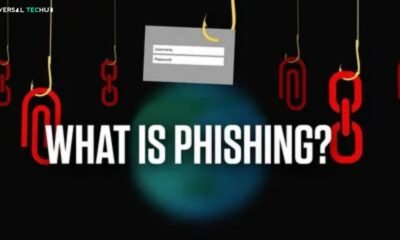
 Phishing attack8 months ago
Phishing attack8 months agoWhat is Spear Phishing and How You Can Identify This Scam?
-
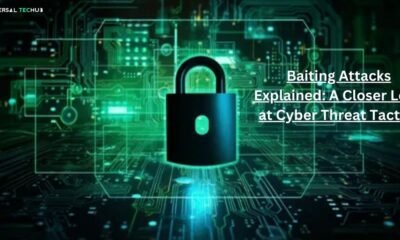
 Social engineering attack9 months ago
Social engineering attack9 months agoBaiting Attacks Explained: A Closer Look at Cyber Threat Tactics
-
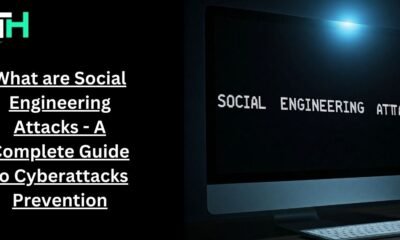
 Social engineering attack7 months ago
Social engineering attack7 months agoWhat are Social Engineering Attacks – A Complete Guide to Cyberattacks Prevention
-

 Social engineering attack9 months ago
Social engineering attack9 months agoSpear Phishing Attack: A Targeted Cyber Threat
-
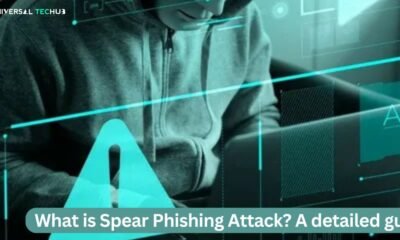
 Social engineering attack9 months ago
Social engineering attack9 months agoWhat is spear phishing attack? A detailed guide
-
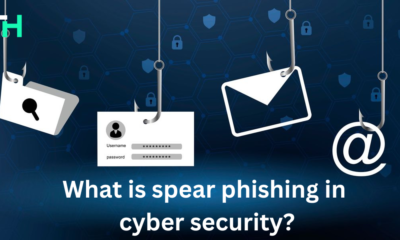
 Social engineering attack9 months ago
Social engineering attack9 months agoWhat is spear phishing in cyber security?
-
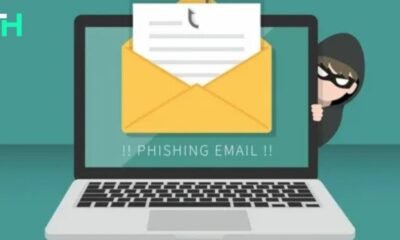
 Phishing attack7 months ago
Phishing attack7 months agoWhat Are Phishing Emails? A guide for you
-
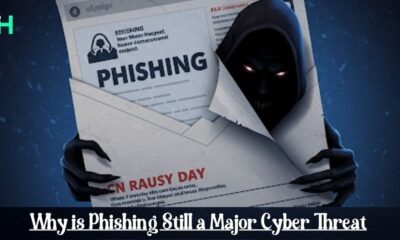
 Phishing attack3 months ago
Phishing attack3 months agoWhy is Phishing Still a Major Cyber Threat? Everything You Need to Know

